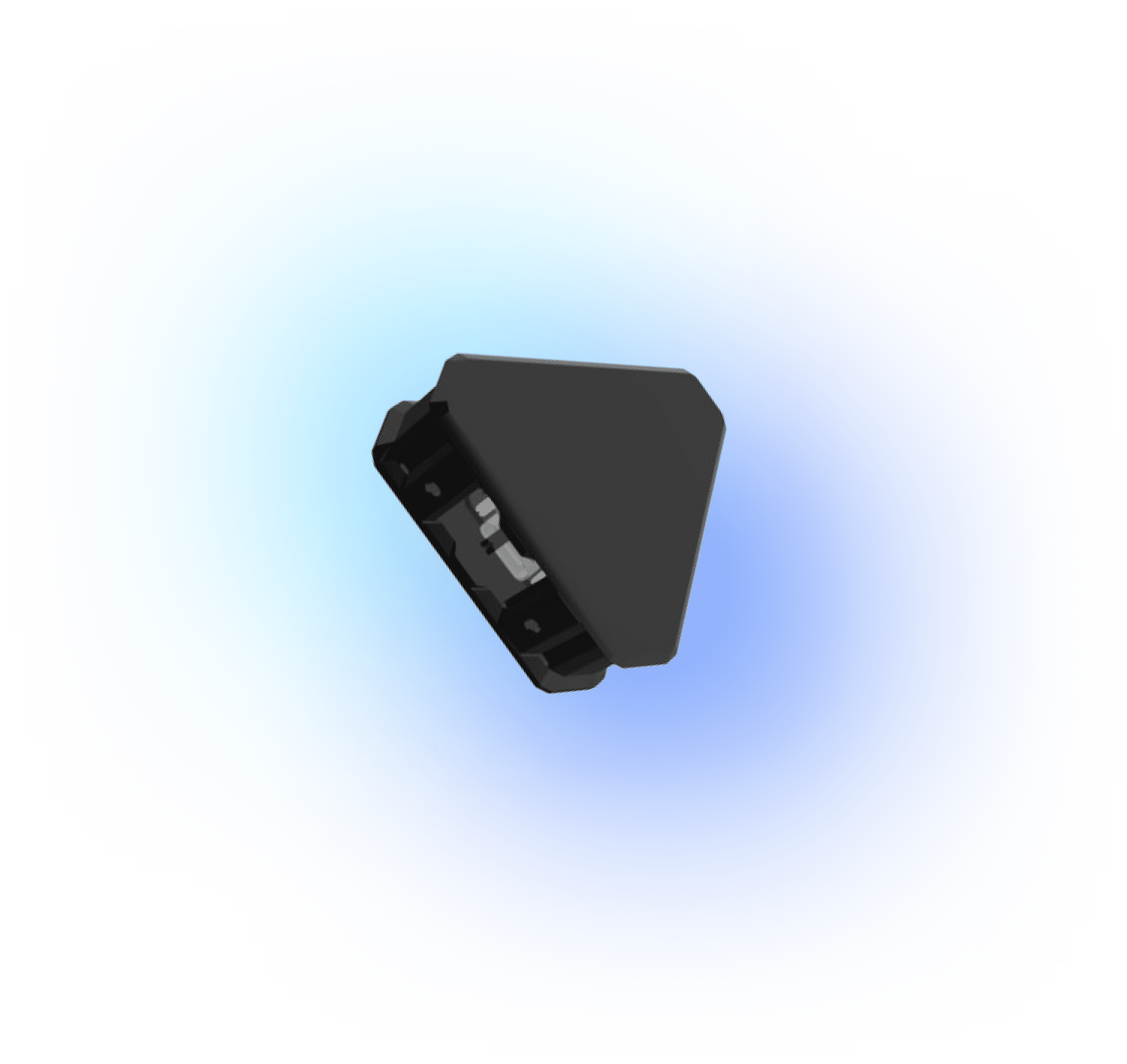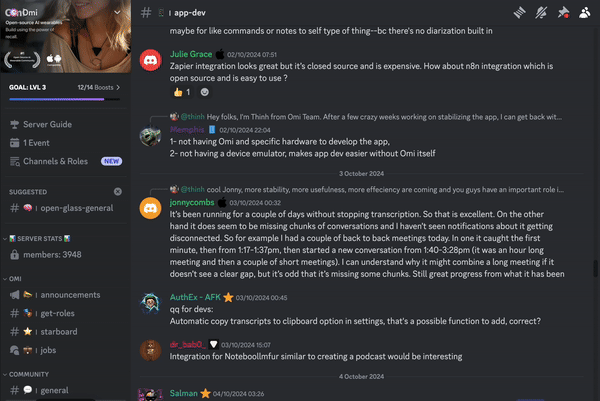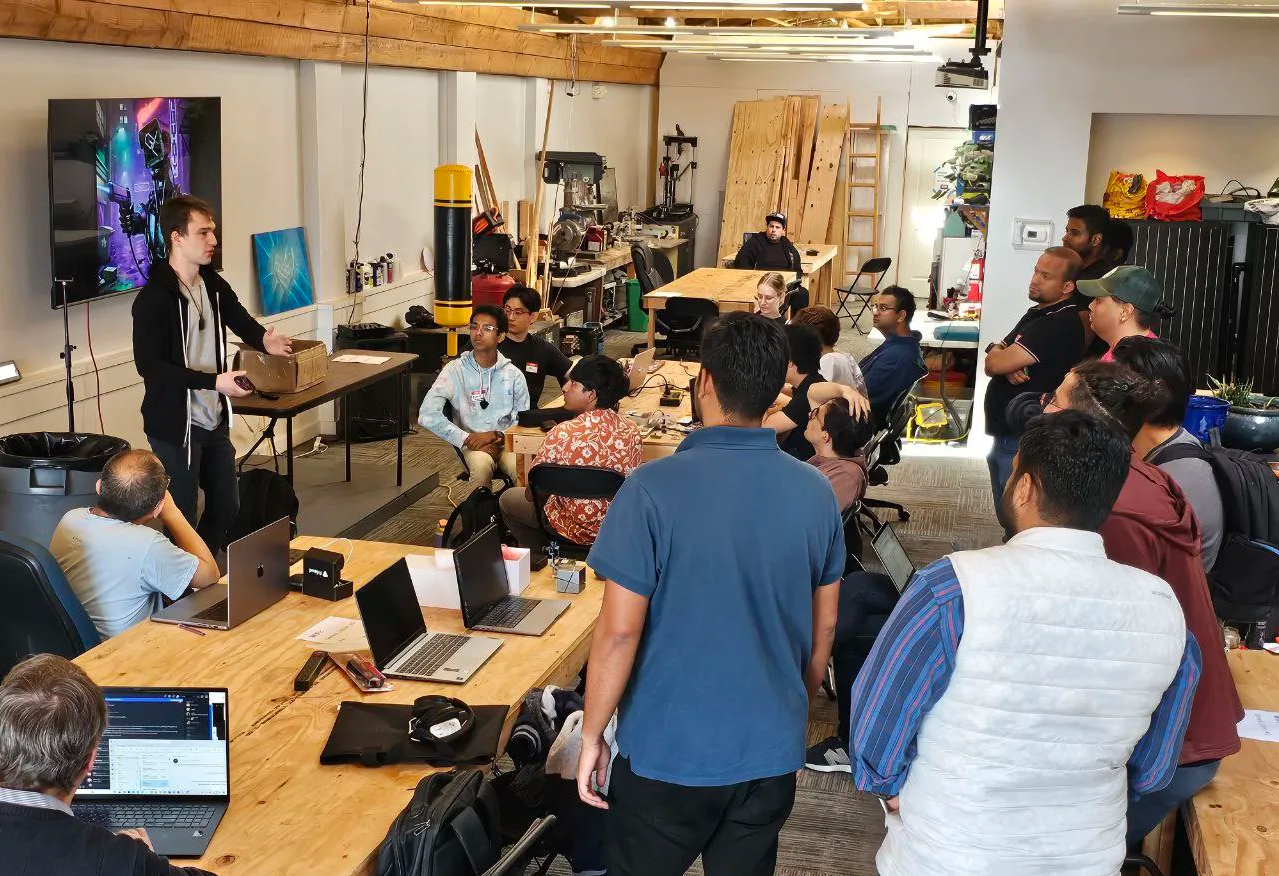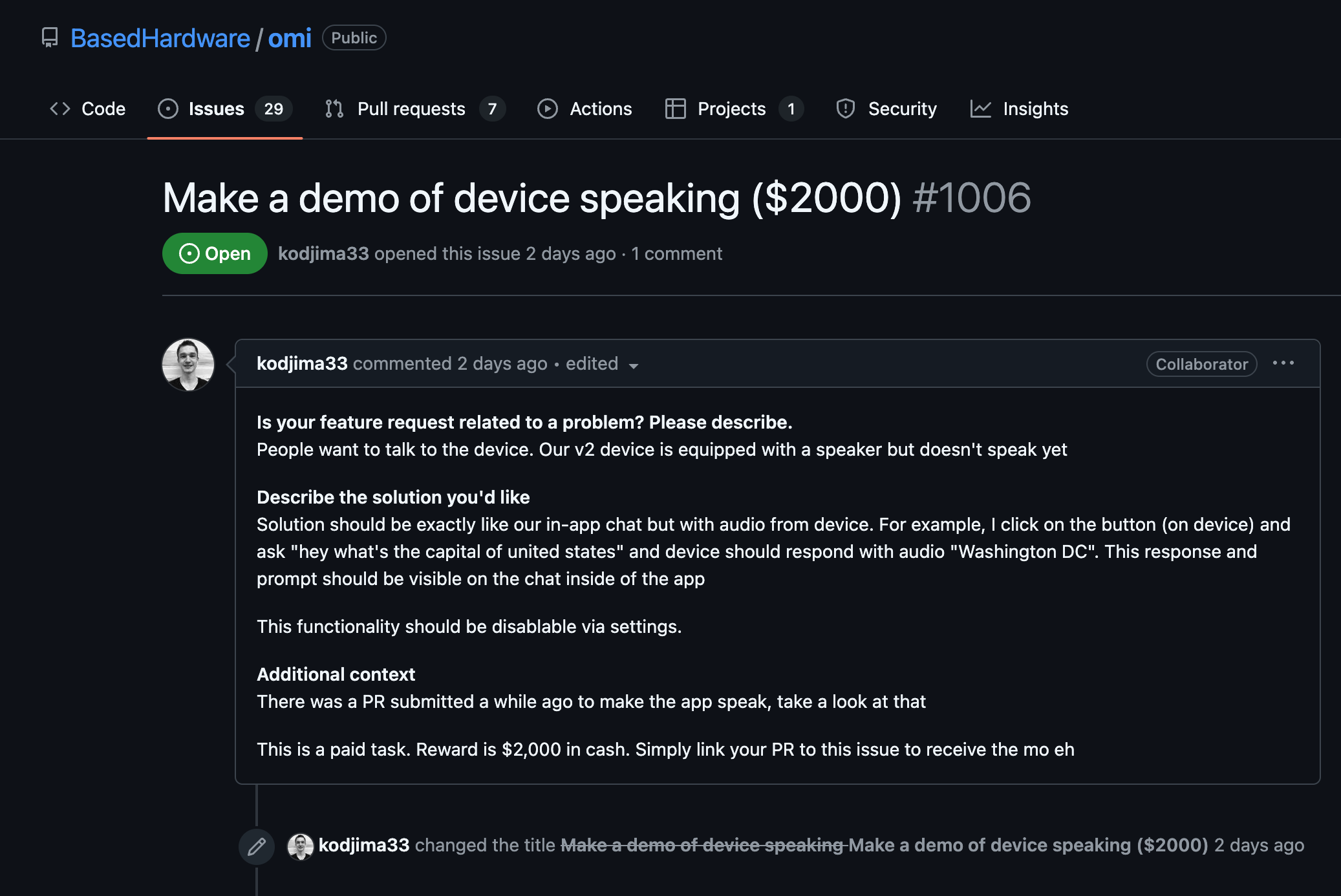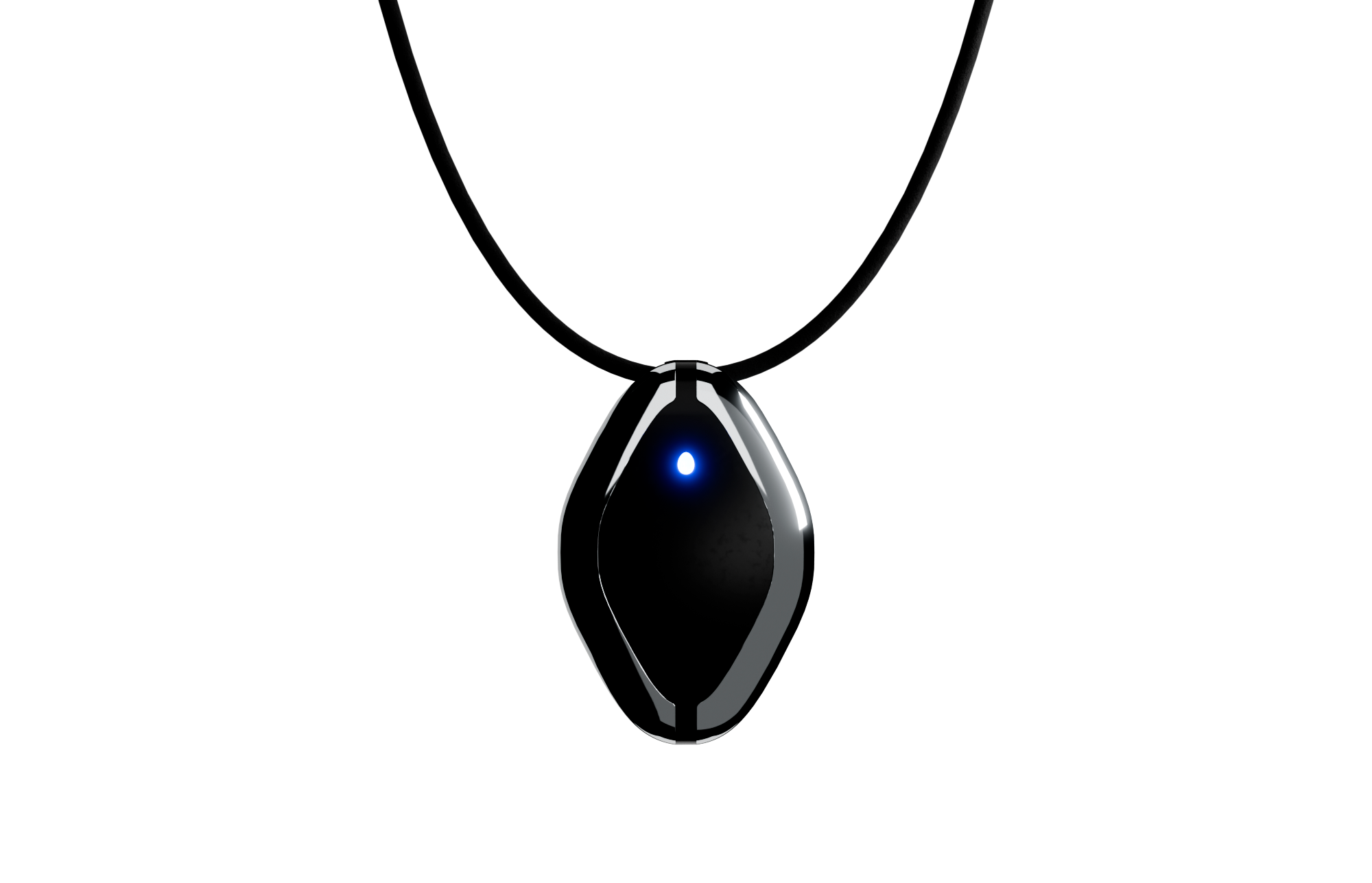Check Input Data Types
- Ensure that all input data to your model, including constants, variables, and placeholders, are compatible with TensorFlow's data types.
- If mismatched data types are causing the error, convert the inputs to the appropriate TensorFlow data types using functions like
tf.convert_to_tensor() or tf.cast().
import tensorflow as tf
# Example of data type conversion
input_data = [1.0, 2.0, 3.0]
tensor_data = tf.convert_to_tensor(input_data, dtype=tf.float32)
Validate Shape Definitions
- Verify that the shapes defined in your model align with the shapes of the input tensors. Any discrepancies can lead to conversion errors.
- Reshape tensors if needed using
tf.reshape(), ensuring the new shape is compatible with your model’s expectations.
# Example of reshaping a tensor
tensor = tf.zeros([10, 10, 3])
reshaped_tensor = tf.reshape(tensor, [-1, 30])
Use TensorShape Objects
- Explicitly declare tensor shapes using
tf.TensorShape to enforce consistent dimension expectations throughout the model.
- Check all tensor operations for compatible shapes, especially during layer creation and manipulation.
# Example of defining a TensorShape
expected_shape = tf.TensorShape([None, 10]) # None allows for variable batch size
Debug and Print Tensor Shapes
- Print tensor shapes at critical points in the model using
print(tensor.shape) or tf.print(tensor) to verify they are as expected.
- Add debugging output progressively through the computation graph to identify where shape mismatches occur.
# Example of printing tensor shapes
tensor = tf.Variable([[1, 2], [3, 4]])
tf.print("Shape of tensor:", tf.shape(tensor))
Utilize Eager Execution
- Ensure that you are running TensorFlow in eager execution mode (default in TensorFlow 2.x) to allow for immediate evaluation of operations, making it easier to detect and fix shape issues.
- Switch to eager execution if using TensorFlow 1.x for better debugging capability.
# Eager execution is enabled by default in TensorFlow 2.x
import tensorflow as tf
if not tf.executing_eagerly():
tf.compat.v1.enable_eager_execution()
print("Eager execution enabled.")
